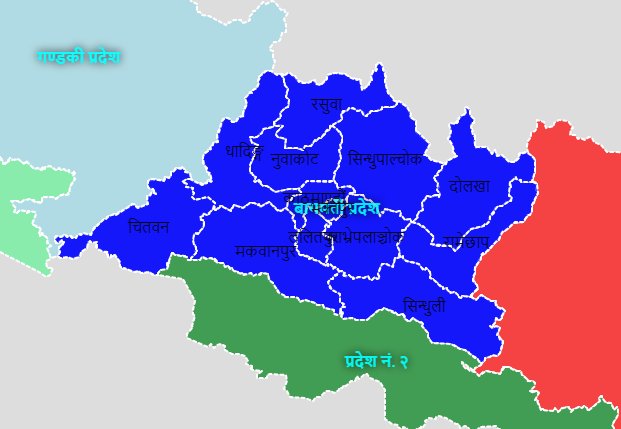Only 30 per cent students have access to IT in Bagmati Province
Kathmandu, August 20
Though the Ministry of Education has been working to incorporate alternative learning methods into the school curriculum, only 30 per cent students have access to information and technology for distance learning in Bagmati Province.
With the shutdown of schools, colleges and universities across the globe due to COVID-19 pandemic, most of the countries have been adopting e-learning via different electronic devices like radio, television, cell phones and many more.
Nepal has also been working to adopt alternative mechanisms to conduct teaching learning activities, but that has been difficult due to poor access to the internet and electronic devices of the students.
Only 30 per cent of students in the Bagmati Province, that boasts of the federal capital, have access to internet facility. Provincial education directorate Director Chandra Prasad Luintel said only 12 students in total 600 students at some schools were reported having cell phones.
There are 35,601 schools across the country. Though, 75 per cent people have access to internet, 85 per cent to radio and 72 per cent to television in the country, access of students to such devices is nominal.
The number of cell phone users is 400 million in the country.
According to statistics, there are 5,243 community schools and 2,145 private schools in the province.
However, most of the students at those schools have no access to mobile phones. Luintel added that self-study materials were published and distributed to students from Grade I to VII, in the province. In a virtual programme organised by the Community School Management Committee Federation, Director, Luintel, said poor internet connectivity and students’ lack of access to phones have created difficulties to run the classes.
Different policies should be adopted between students having access to the internet and those not having internet access to continue the teaching learning activities.
Issuing ‘Student Learning Facilitation Guideline, 2020 through Alternative System’ last month, the Ministry of Education, Science and Technology had asked schools to implement it compulsorily from August 15, to give continuity to learning activities in an effective and systematic way through alternative systems.
The Curriculum Development Centre has been doing homework to grant recognition to such learning for the current academic session as per the guideline. However, students and guardians have not been found practical in such learning activities as learning through alternative systems has not been recognised so far, while it has been suggested to allocate budget by local levels for free mobile set and internet facility to students having poor financial status.
Problems have also surfaced in the course of conducting online classes even in Kathmandu valley as most of the parents did not have smart phones, laptops, computers and internet facilities.
The problem was often compounded by intermittent supply of electricity. Schools across the country have remained closed from March 24 due to the lockdown imposed by the government.
Educationist Dr Bidyanath Koirala said question has been raised on the recruitment of a large number of teachers at a time when minimum number of students have access to the alternative system of education.
A version of this article appears in e-paper on August 21, 2020, of The Himalayan Times.






